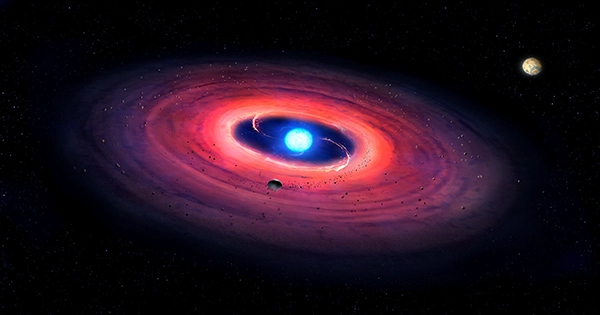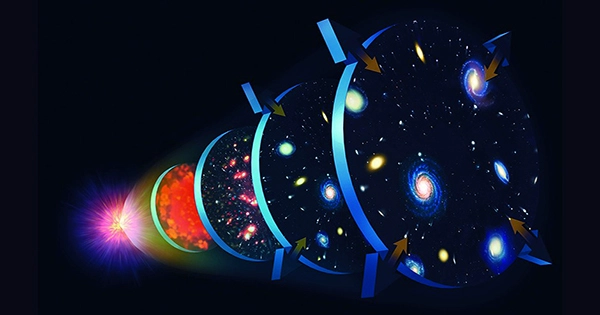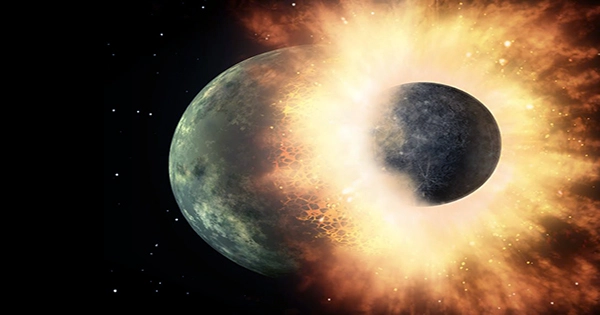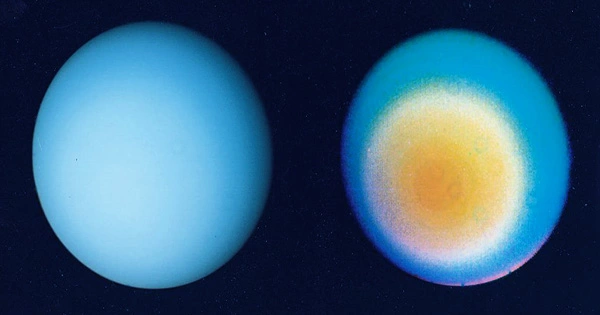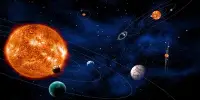Life on Earth would be impossible, or at least a shadow of what we know, without its magnetic field. The loss of the Martian magnetic field was a major factor in the planet’s loss of atmosphere, hence looking for planetary magnetic fields is an important aspect of the search for life outside our Solar System.
For the first time, astronomers believe they have discovered one. The planet HAT-P-11b surrounded by a stream of charged carbon particles that create a comet-like tail heading away from its star, according to Hubble space telescope data. The scientists who made the finding claim in Nature Astronomy that this is persuasive evidence for the presence of a powerful magnetic field.
Professor Gilda Ballester of the University of Arizona said in a statement, “this is the first time the signature of an exoplanet’s magnetic field has been directly identified on a planet beyond our solar system.”
“A planet’s atmosphere and the surface can be protected from direct bombardment by the powerful particles that make up the solar wind by a strong magnetic field. Because the magnetic field shields organisms from these powerful particles, these processes have a significant impact on the development of life on Earth.”

Nobody understands why certain planets have strong magnetic fields and others do not, having just eight planets to work with (sorry, Pluto enthusiasts). Every additional case advances our understanding of how prevalent these fields are and where they are most likely to be discovered.
Efforts to find fields near so-called “hot Jupiters” are described as “inconclusive” in the study, highlighting the significance of this discovery. The studies were feasible because HAT-P-11b travels across the face of its star every five days as seen from Earth, allowing scientists to monitor the impact of the particles on starlight on a regular basis. Hubble utilized its ultraviolet vision to discover the presence of such particles in the magnetosphere encircling the planet and a lengthy tail behind it in this case.
The tail reflects fleeing ions blasted out from the star at speeds of 160,000 kilometers per hour by its stellar wind (100,000 miles per hour), The tail may be seen for one astronomical unit (AU) – the distance between the Earth and the Sun. Because HAT-P-11b is somewhat bigger than Neptune is and hotter than Venus, it is unlikely to support life. It is significantly more difficult to analyze than our nearest neighboring planets because it is 123 light-years distant. Despite this, scientists have paid it more attention than most of the thousands of known planets.
It was once the tiniest exoplanet with particular compounds found in its atmosphere — and one of those molecules was water. Five years ago, radio emissions from HAT-P-11b were attributed to the presence of hydrogen cyanide in its atmosphere due to periodic severe lightning strikes.
Because we are so far away from our parent star, we do not see a similar occurrence in Earth’s magnetosphere. HAT-P-11b is about a tenth of an AU away from HAT-P-11, which causes its top atmosphere to boil away into space. The atmosphere of HAT-P-11b contains a low proportion of heavier elements than helium, making it more like Jupiter or Saturn than Neptune does in composition. “Despite the fact that HAT-mass P-11b’s is just 8% that of Jupiter, we believe the exoplanet is more akin to a mini-Jupiter than a Neptune,” Ballester added. Standard theories of big planet formation will have to rethink because of this.
